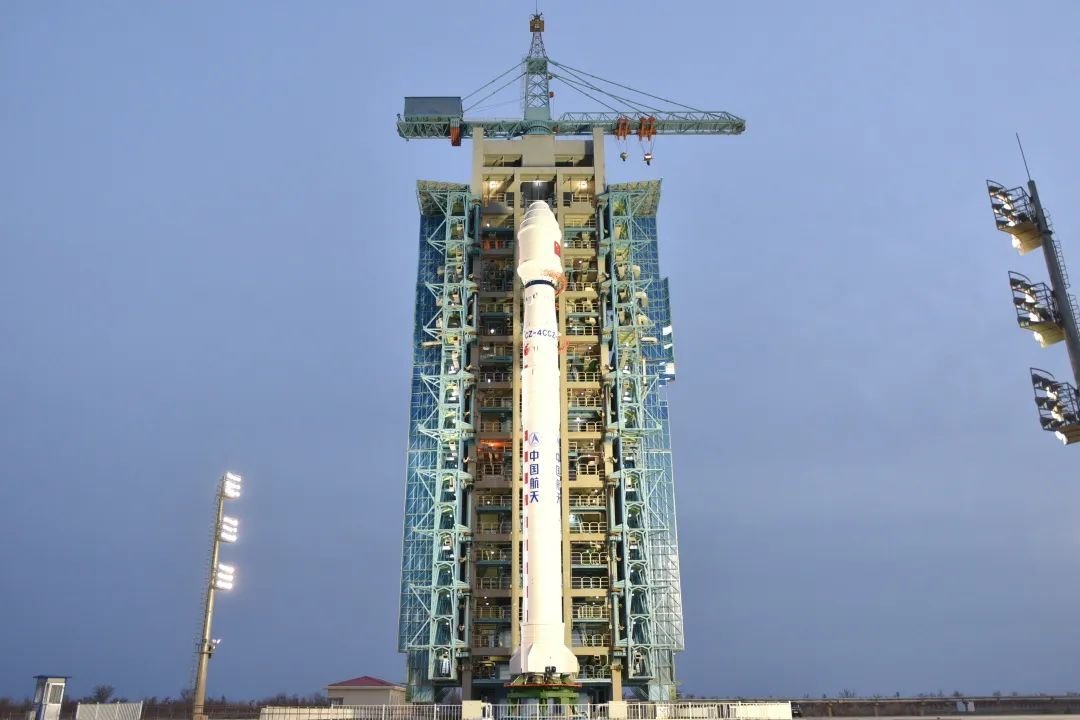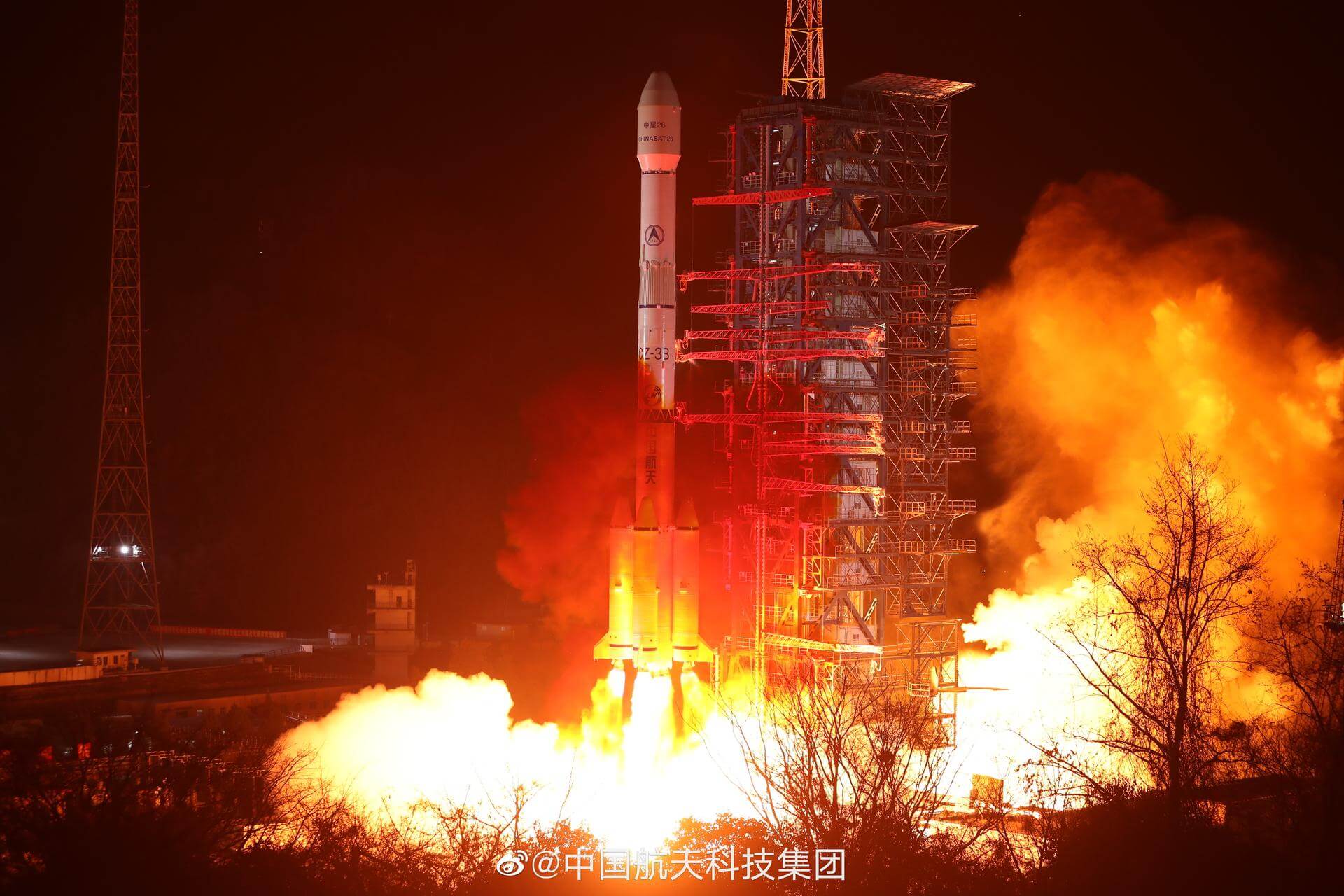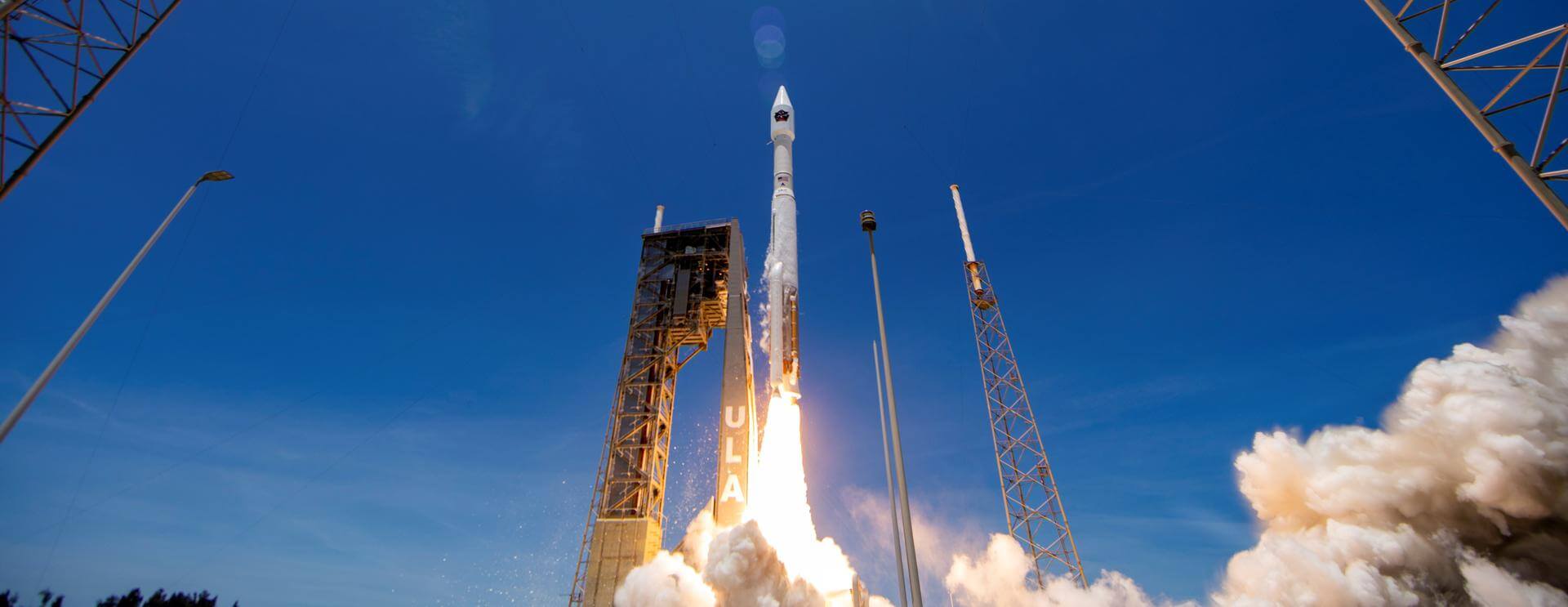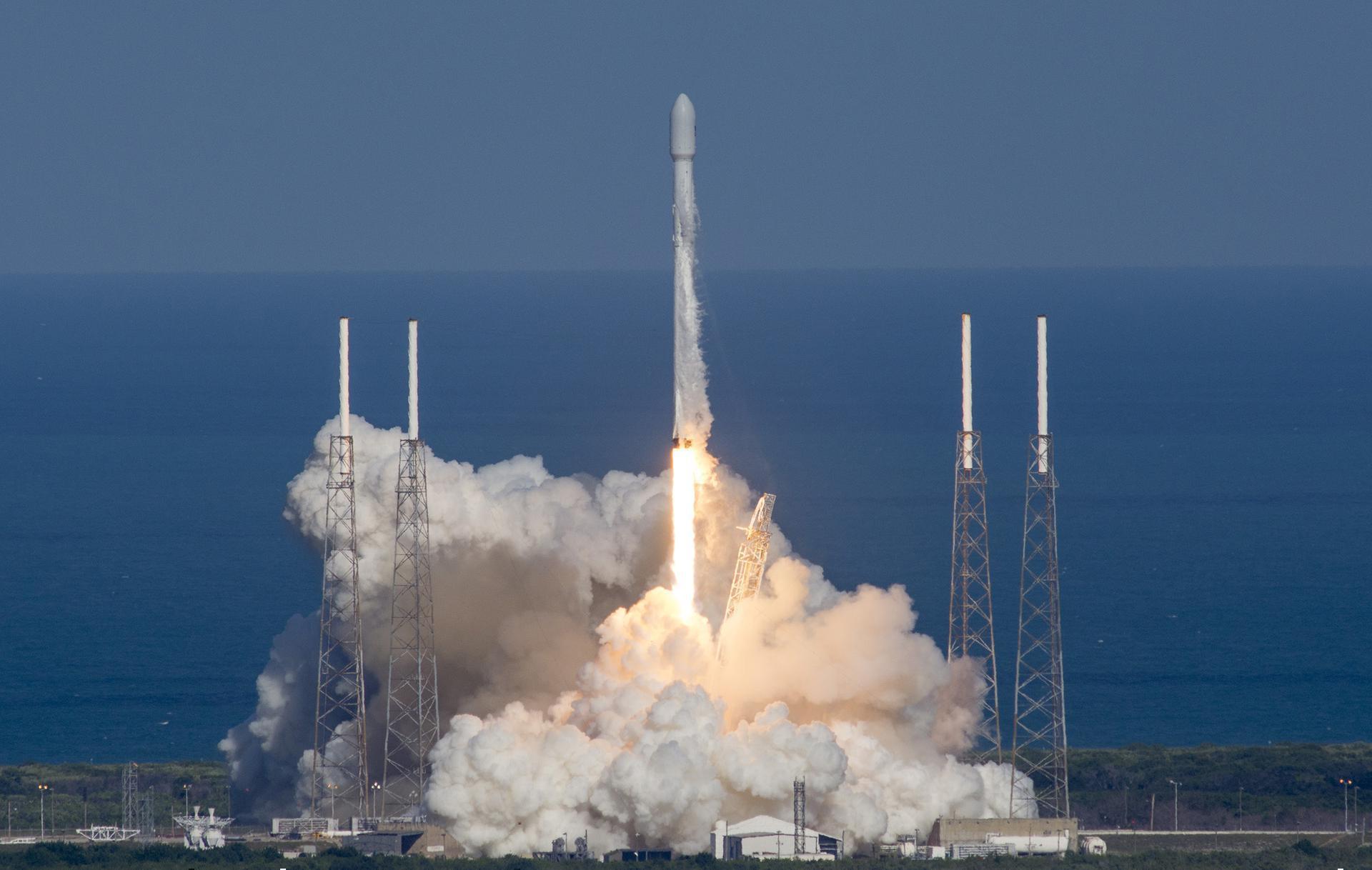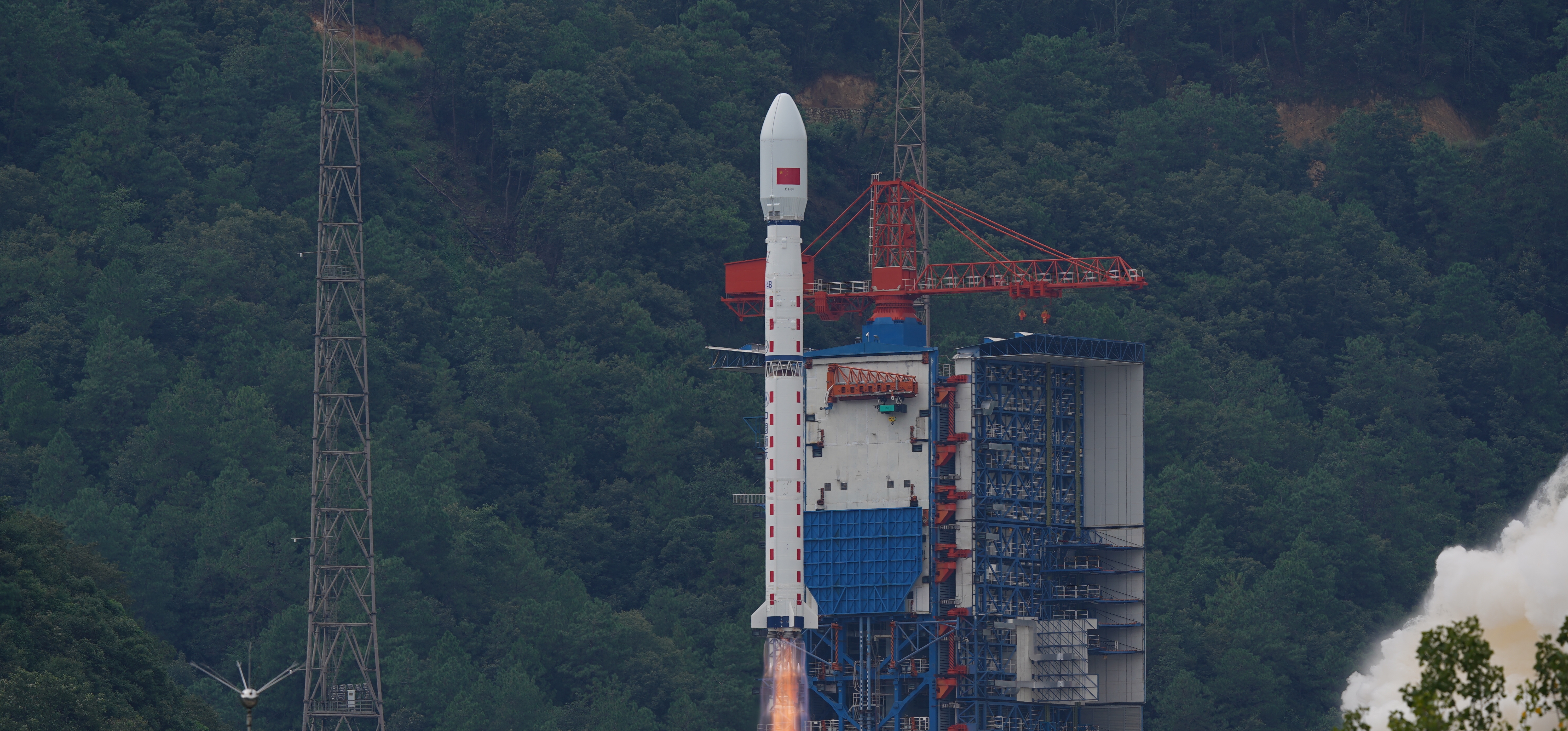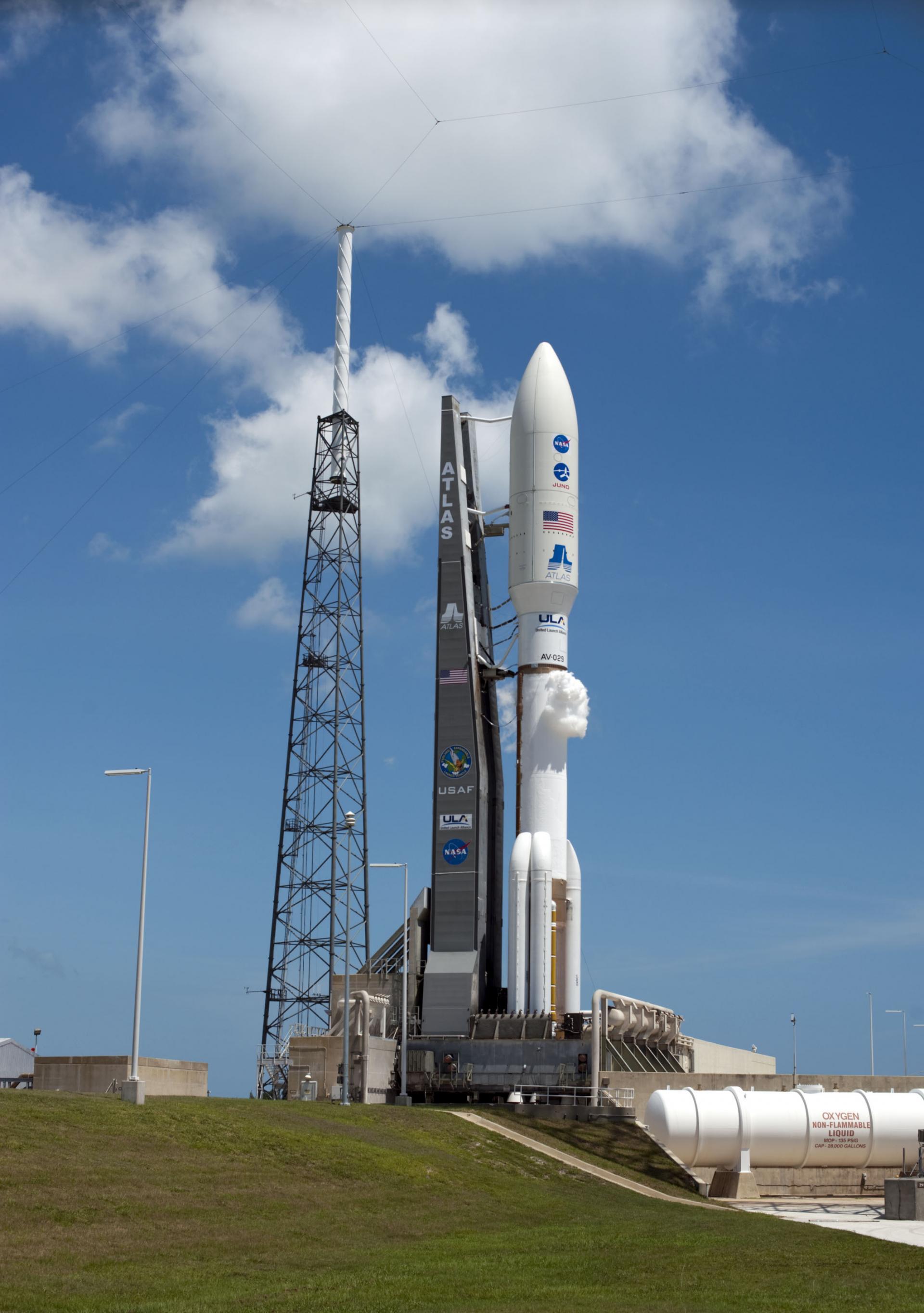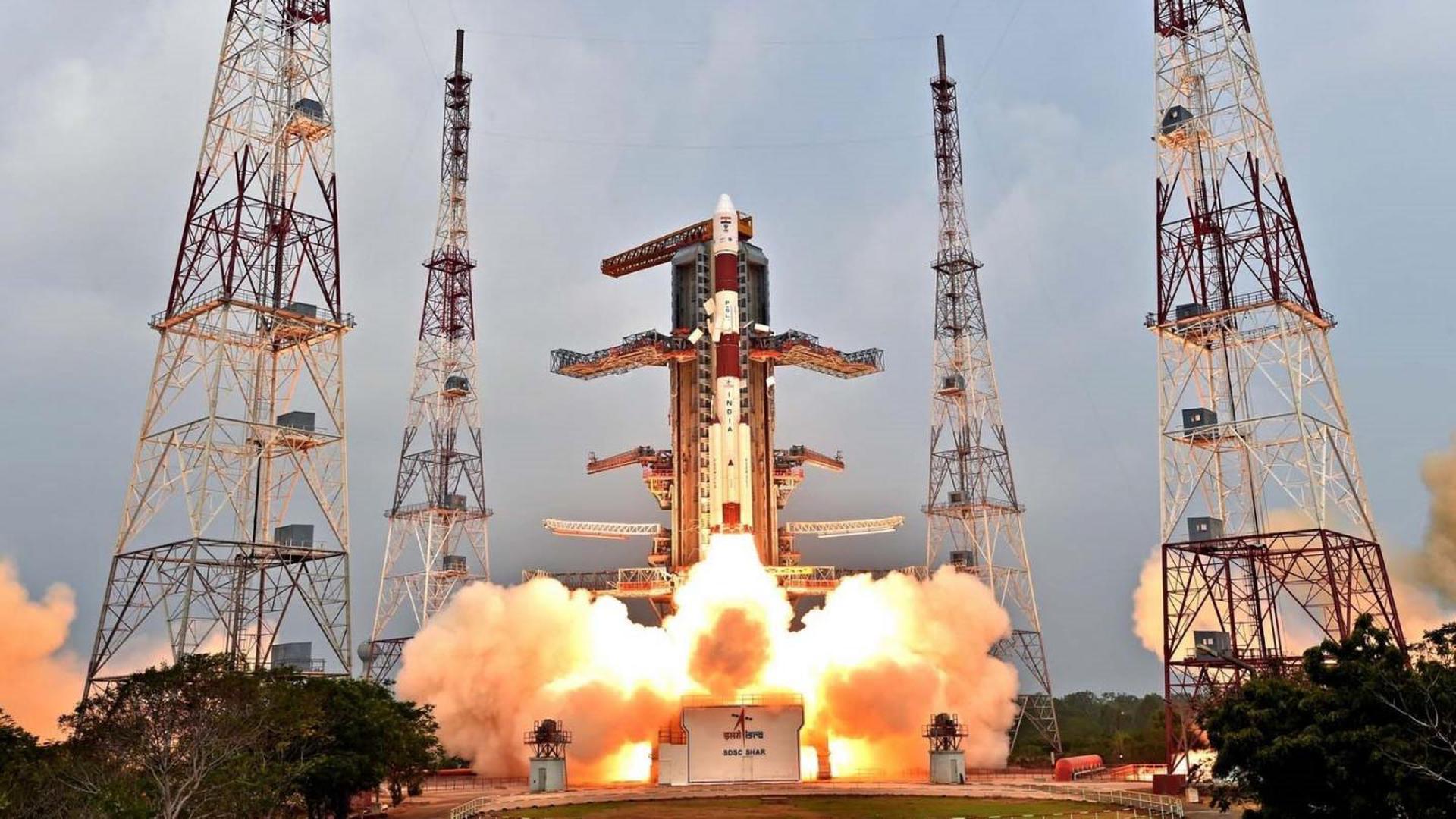Previous Spaceflight Launches
Filter by Agency, Locations or Vehicles
Show All LaunchesLong March 4C | Gaofen 3
China Aerospace Science and Technology Corporation | ChinaTaiyuan Satellite Launch Center, People's Republic of China
Aug. 9, 2016, 10:55 p.m.
Long March 3B/E | Tiantong 1-01
China Aerospace Science and Technology Corporation | ChinaXichang Satellite Launch Center, People's Republic of China
Aug. 5, 2016, 4:22 p.m.
Status: Launch Successful
Mission:
Tiantong1-01 is a mobile telecommunications satellite developed by Chinese Academy of Space Technology (CASC) and will be operated by China Satcom to provide around the clock coverage in China, Middle East, Africa, the Pacific Ocean & Indian Ocean.
Geostationary Transfer OrbitAtlas V 421 | NROL-61
United Launch Alliance | United States of AmericaCape Canaveral SFS, FL, USA
July 28, 2016, 12:37 p.m.
Falcon 9 Full Thrust | SpX CRS-9
SpaceX | United States of AmericaCape Canaveral SFS, FL, USA
July 18, 2016, 4:45 a.m.
Status: Launch Successful
Mission:
SpaceX launched the Dragon spacecraft on their ninth operational cargo delivery mission to the International Space Station. The flight was conducted under the Commercial Resupply Services contract with NASA.
Low Earth Orbit B1025 - Maiden Flight Landing Zone 1Soyuz-U | Progress MS-03 (64P)
Russian Federal Space Agency (ROSCOSMOS) | RussiaBaikonur Cosmodrome, Republic of Kazakhstan
July 16, 2016, 9:41 p.m.
Soyuz-FG | Soyuz MS (MS-01)
Progress Rocket Space Center | RussiaBaikonur Cosmodrome, Republic of Kazakhstan
July 7, 2016, 1:36 a.m.
Status: Launch Successful
Mission:
Soyuz MS-01 begins expedition 48 by carrying Roscosmos cosmonaut Anatoli Ivanishin, JAXA astronaut Takuya Onishi, and NASA astronaut Kate Rubins to the International Space Station. After launching aboard the Soyuz spacecraft from the Baikonur Cosmodrome in Kazakhstan, they will rendezvous to the station where they will remain for their 4 month stay.
Low Earth OrbitLong March 4B | Shijian 16-02
China Aerospace Science and Technology Corporation | ChinaJiuquan Satellite Launch Center, People's Republic of China
June 29, 2016, 3:21 a.m.
Long March 7 / YZ-1A | Development Flight 1
China Aerospace Science and Technology Corporation | ChinaWenchang Space Launch Site, People's Republic of China
June 25, 2016, noon
Atlas V 551 | MUOS-5
United Launch Alliance | United States of AmericaCape Canaveral SFS, FL, USA
June 24, 2016, 2:30 p.m.
PSLV XL | Cartosat-2C & 19 small satellites
Indian Space Research Organization | IndiaSatish Dhawan Space Centre, India
June 22, 2016, 3:55 a.m.
Status: Launch Successful
Mission:
Cartosat 2C is a remote sensing satellite. The satellite was built, launched and is maintained by the Indian Space Research Organisation. 18 satellites were also launched for foreign agencies including those from the U.S., Canada, Germany, and Indonesia.
Sun-Synchronous Orbit